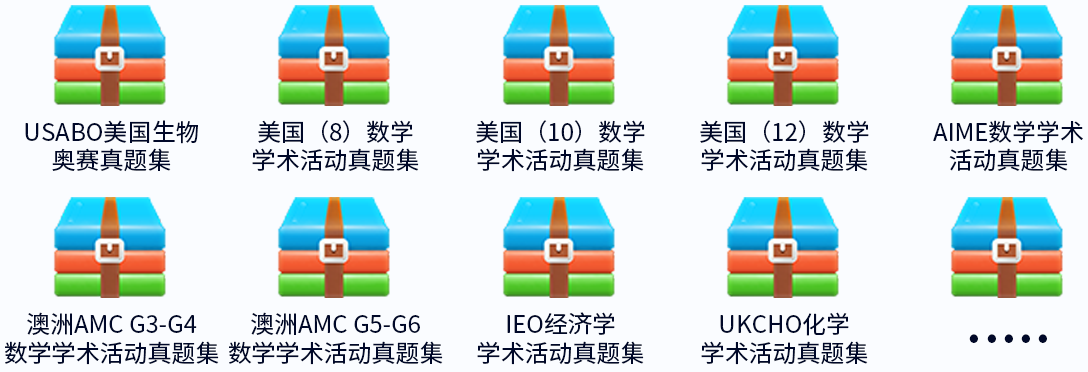- 翰林提供学术活动、国际课程、科研项目一站式留学背景提升服务!
- 400 888 0080
2012 HiMCM B题特等奖学生论文下载3874
2012 HiMCM B题特等奖学生论文下载3874
下载方式见文末
论文摘要如下:
15th Annual High School Mathematical Contest in Modeling (HiMCM) Summary Sheet (Please attach a copy of this page to each copy of your Solution Paper.)
Team Control Number: 3874 Problem Chosen: B
The cost of gasoline plays a major role in the everyday life of middle-class families. However, gasoline prices fluctuate significantly, increasing the need for wise financial decision-making. Our model both predicts gasoline price
The first part of our model identified possible predictors of gasoline price. We took into account both economic factors, such as gasoline company stock prices and crude oil price, as well as natural factors, including the weather. We constructed a multiple regression model from 2011 data and reduced it through AIC-selection, until only three significant predictor variables remained: the change in gasoline and crude oil price from the past week and the value of ExxonMobil stock. Because we found that prices from two weeks ago were only weakly correlated with current prices, we decided not to model gasoline price more than one week into the future.
The second part of our model used these variables to generate a probabilistic prediction of the change in gasoline price in the following week. We split the possible percent changes in gasoline price into five quintiles, then used the 2011 training data to fit the parameters of each quintile to a multivariate normal distribution. Testing the model on 2012 data, we obtained, for each week, the probabilities that the change in gas would be in each of the five quintiles. We then compared our predictions with actual 2012 gasoline prices and showed that our model was 1020 times more likely than the null hypothesis. The final part of our model used the probabilities generated to decide what actions to take. Because it is more advantageous to buy gas right before a price increase, we used the idea of thresholds: if the predicted change in price is above a certain threshold, we advise the consumer to buy more gas (a full tank instead of a half tank, or a half tank instead of nothing). We found the optimal thresholds by training on 2011 data and then applied them to 2012 data using the second part's price predictions. We calculated the efficiency of our strategy by comparing the resulting savings to the best possible savings.
Applying this model to gasoline prices from New York City gave an efficiencies of 35% and 53% for cases 1 and 2, respectively. These correspond to savings of $3.84 and $5.75 per year, respectively.

最新发布
© 2025. All Rights Reserved. 沪ICP备2023009024号-1









